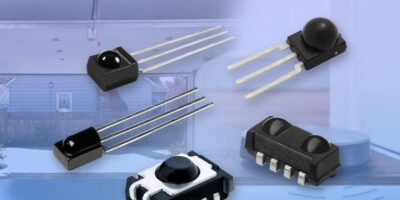TE Connectivity is expanding its Lumawise Endurance S Zhaga Book Streetlight connector offering with Endurance S components that have expanded electrical ratings up to 250VAC/5A, as well as alternate key combinations for protected mating.
Products in the Endurance S ecosystem include a receptacle connector as well as several base and dome combinations to house sense and control modules, protecting them in harsh environments. The IP66-rated receptacle assembly, base and dome combinations with a silicone elastomer gasket provide a sealed electrical interface and robust packaging solution.
The compact design, which is UV-resistant and suitable for outdoor use, can be mounted facing upward, downward or sideways. Individual components are said by TE Connectivity to be easy to assemble, with secure low-torque push-and-twist locking, and keying features on base and receptacle. A keying feature for non-Zhaga-specified applications is now available.
The receptacle assembly passes DC power to the mated module and provides a DALI 2.0 or derivative two-wire bus connection for communication and data transfer. The receptacle accepts 16-20 AWG solid and 18-20 AWG stranded tin-dipped wire.
Connector bases in PBT are available with diameters of 40 and 80 mm, with matching domes in clear or smoke grey polycarbonate. Larger bases have an optional vent to provide pressure optimisation inside the sealed control module and to reduce condensation through vapour diffusion. An optional skirt closes the gap between control module and lighting fixture, enhancing aesthetics and further protecting the unit against water, dust and insects.
The original connectors enable Zhaga-D4i certification for luminaires, which helps make them future-ready, and will be able to host the latest generation of nodes that fulfil the Zhaga-D4i requirements.
“We expect the Endurance S connector system to find use in numerous applications, including street and area lighting; commercial/municipal outdoor lighting; outdoor luminaires for parking lots, wall packs, walkways; city management systems; and in motion sensor modules,” says product manager Jeroen Iedema.







